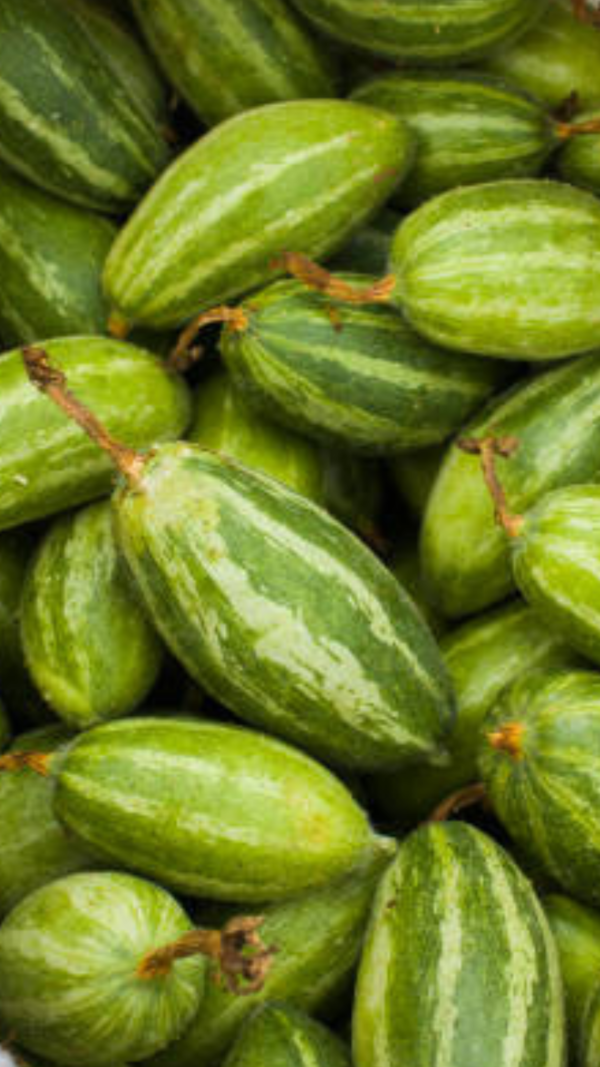- News
- City News
- chennai News
- Gold loans glitter in public sector banks
Trending
Gold loans glitter in public sector banks
Chennai: State-owned banks recorded a significant rise in gold loans during FY25, thanks to the soaring prices of the yellow metal, which was among the key drivers for growth in the portfolio.Country's largest public lender State Bank of India (SBI) witnessed a 53% increase in personal gold loans YoY at Rs 50,011 crore in the quarter ended March 31, 2025.While Indian Bank's retail jewel loan (non priority) grew by a whopping 81% in FY25 at Rs 9,706 crore from Rs 5,366 crore during the previous year (FY24), Bank of Baroda reported a 55.6% jump in its retail gold loans at Rs 7,076 crore in FY25 (Rs 4,546 in FY24).Gold price and Loan-to-value (LTV) ratio are the two important factors in arriving at the value of loan for gold jewels and ornaments. While the LTV ratio has been fixed at up to 75% of the collateral's worth, industry sources said, the average LTV ratio that customers avail is at 67% for gold loans. The rate of one gram of gold went up by more than 30% in 2024-25 from Rs 6,455 on April 1, 2024 to Rs 8,450 on March 31, 2025. Against this backdrop, customers benefitted from the spiralling gold prices as they got a better value for the yellow metal at the time of pledging."Yes, that also had an impact. For instance, customers get Rs 90,000 or Rs 95,000 for the same volume of gold for which they would have got only Rs 80,000 in the past. Gold loan has been one of the strong portfolios in India and we will grow in the segment at the rate of around say 20% in the current fiscal of FY26," Indian Bank MD & CEO Binod Kumar told TOI.Another public sector Indian Overseas Bank (IOB) reported its cumulative jewel loan rising by around 45% to Rs 69,188 crore in 2024-25 from Rs 47,732 crore in the corresponding year of 2023-24. Of this, more than 85% is agriculture loan, while rest fell under the retail category. IOB MD & CEO Ajay Kumar Srivastava said, the growth in jewel loans outstanding for the bank was the highest over the years. "Escalating prices was a vital reason. This segment is going to be one of the major products for us. Moreover, it is a very safe lending and risk is less because of almost nil non-performing asset (NPA) in this portfolio," he added.Chennai: State-owned banks recorded a significant rise in gold loans during FY25, thanks to the soaring prices of the yellow metal, which was among the key drivers for growth in the portfolio.Country's largest public lender State Bank of India (SBI) witnessed a 53% increase in personal gold loans YoY at Rs 50,011 crore in the quarter ended March 31, 2025. While Indian Bank's retail jewel loan (non priority) grew by a whopping 81% in FY25 at Rs 9,706 crore from Rs 5,366 crore during the previous year (FY24), Bank of Baroda reported a 55.6% jump in its retail gold loans at Rs 7,076 crore in FY25 (Rs 4,546 in FY24).Gold price and Loan-to-value (LTV) ratio are the two important factors in arriving at the value of loan for gold jewels and ornaments. While the LTV ratio has been fixed at up to 75% of the collateral's worth, industry sources said, the average LTV ratio that customers avail is at 67% for gold loans. The rate of one gram of gold went up by more than 30% in 2024-25 from Rs 6,455 on April 1, 2024 to Rs 8,450 on March 31, 2025. Against this backdrop, customers benefitted from the spiralling gold prices as they got a better value for the yellow metal at the time of pledging."Yes, that also had an impact. For instance, customers get Rs 90,000 or Rs 95,000 for the same volume of gold for which they would have got only Rs 80,000 in the past. Gold loan has been one of the strong portfolios in India and we will grow in the segment at the rate of around say 20% in the current fiscal of FY26," Indian Bank MD & CEO Binod Kumar told TOI.Another public sector Indian Overseas Bank (IOB) reported its cumulative jewel loan rising by around 45% to Rs 69,188 crore in 2024-25 from Rs 47,732 crore in the corresponding year of 2023-24. Of this, more than 85% is agriculture loan, while rest fell under the retail category. IOB MD & CEO Ajay Kumar Srivastava said, the growth in jewel loans outstanding for the bank was the highest over the years. "Escalating prices was a vital reason. This segment is going to be one of the major products for us. Moreover, it is a very safe lending and risk is less because of almost nil non-performing asset (NPA) in this portfolio," he added.
End of Article
Follow Us On Social Media










